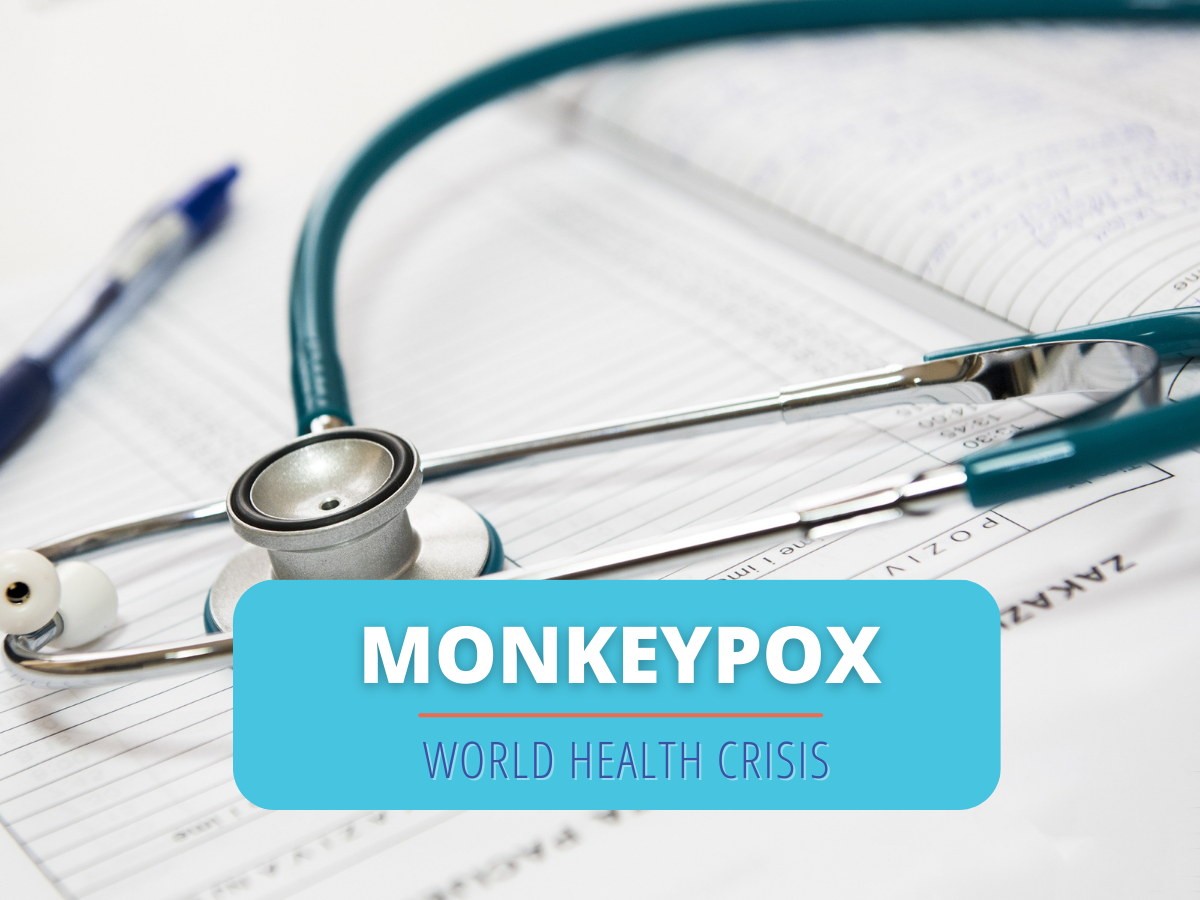There has been great concern about monkeypox with the World Health Organization (WHO) declaring monkeypox a world health crisis, and there was a surge in positive cases throughout the United States. Monkeypox, now referred to as Mpox by the WHO and the CDC (Center for Disease Control and Prevention), is a virus that has been studied across the world dating back to its discovery in the 1950’s. Mpox has been identified as a virus that is spread during close contact like sexual activity with monkeypox lesions on the skin or mucosal surfaces (e.g., oropharynx, anorectum) of a person with monkeypox.
Below are some key takeaways we should know about monkeypox from the CDC.
What is Monkeypox?
Monkeypox is a rare disease caused by infection with the monkeypox virus. Monkeypox virus is part of the same family of viruses as variola virus, the virus that causes smallpox. Monkeypox symptoms are similar to smallpox symptoms, but milder, and monkeypox is rarely fatal.
What are the symptoms?
People with monkeypox get a rash that may be located on or near the genitals (penis, testicles, labia, and vagina) or anus (butthole) and could be on other areas like the hands, feet, chest, face, or mouth.
- The rash will go through several stages, including scabs, before healing.
- The rash can initially look like pimples or blisters and may be painful or itchy.
Other symptoms of monkeypox can include:
- Fever
- Chills
- Swollen lymph nodes
- Exhaustion
- Muscle aches and backache
- Headache
- Respiratory symptoms (e.g., sore throat, nasal congestion, or cough)
You may experience all or only a few symptoms.
- Sometimes people have flu-like symptoms before the rash.
- Some people get a rash first, followed by other symptoms.
- Others only experience a rash.
Who is at risk?
According to the World Health Organization (WHO), those who live with or have close contact (including sexual contact) with someone who has monkeypox are most at risk. Newborn infants, young children and people with underlying immune deficiencies may be at higher risk of more serious symptoms, and in rare cases, death from monkeypox. Pregnancy can also increase one’s risk of adverse events such as miscarriage or stillbirth.
How do we prevent spread and protect ourselves?
- Avoid close, skin-to-skin contact with people who have a rash that looks like monkeypox. This might include skin with what appears to be a rash, pimples, blisters, or scabs.
- Avoid contact with objects and materials that a person with monkeypox has used. Do not share eating utensils or cups with a person with monkeypox. Do not handle or touch the bedding, towels, or clothing of a person with monkeypox
- Wash your hands often. Wash your hands often with soap and water, or use an alcohol-based hand sanitizer, especially before eating or touching your face and after you use the bathroom. Handwashing is one of the best ways to protect you, your family, and your friends from getting sick.
- Consider getting vaccinated. The JYNNEOS vaccine is approved for prevention of smallpox and monkeypox. It is the primary vaccine being used in the U.S. during this outbreak. Use the Monkeypox Vaccine Locator to find nearby healthcare locations in your area that provide monkeypox vaccinations.
- If you are in Central or West Africa or plan to be, avoid contact with animals that can spread monkeypox such as rodents and primates. Also, avoid sick or dead animals, as well as bedding or other materials they may have touched. You can follow the link and learn more about monkeypox in animals.
What to do in case of possible exposure?
It is important you contact your healthcare provider as soon as possible. They may suggest testing to confirm a positive for monkeypox. At this time, there is no treatment specifically for monkeypox. However, the type of treatment for a person with monkeypox will depend on how sick someone gets or whether they’re likely to get severely ill. Most people with monkeypox recover fully within 2 to 4 weeks without the need for medical treatment. Your healthcare provider will instruct you on specific steps you should follow in order to take care of yourself such as managing your symptoms, rash relief methods, contacting close contacts and protecting others by preventing the spread.
If you are interested in learning more about Monkeypox please visit: https://www.cdc.gov/poxvirus/monkeypox/response/2022/index.html
References
https://www.who.int/news/item/28-11-2022-who-recommends-new-name-for-monkeypox-disease
https://www.who.int/news-room/questions-and-answers/item/monkeypox
https://www.cdc.gov/poxvirus/monkeypox/about/index.html
https://www.who.int/news-room/questions-and-answers/item/monkeypox
https://www.cdc.gov/poxvirus/monkeypox/if-sick/what-to-do.html

